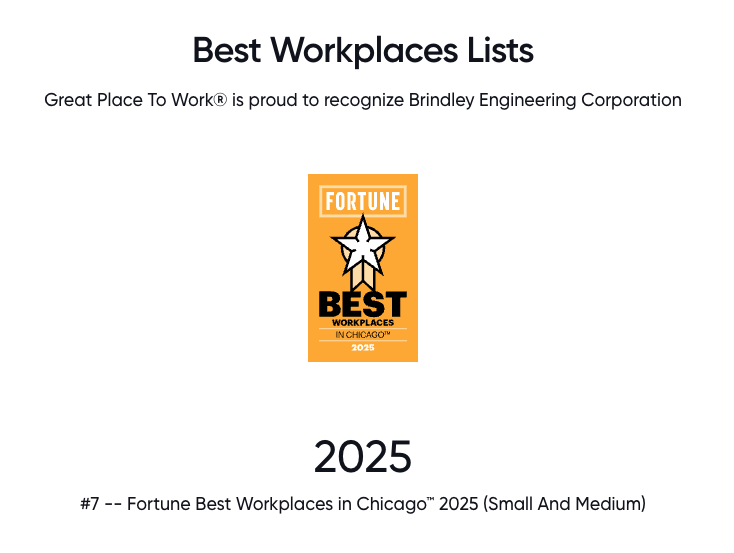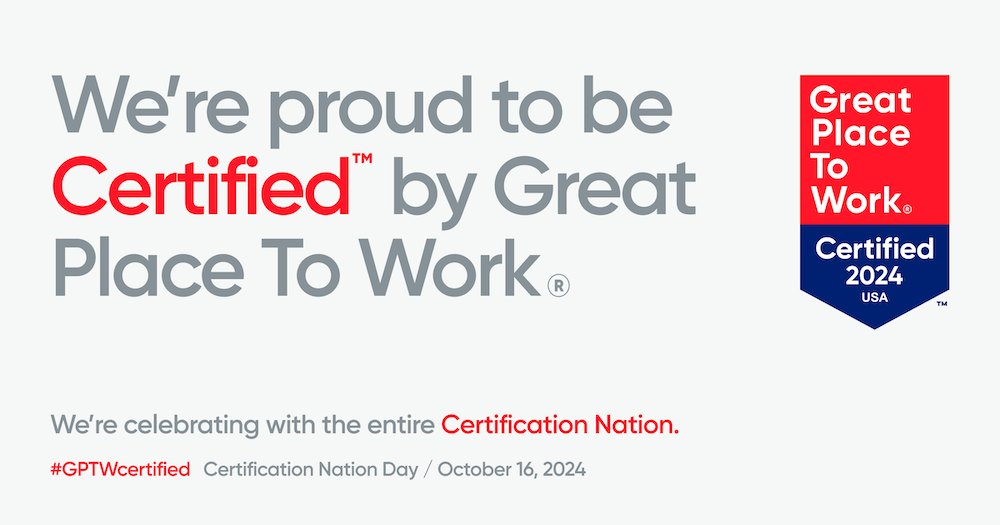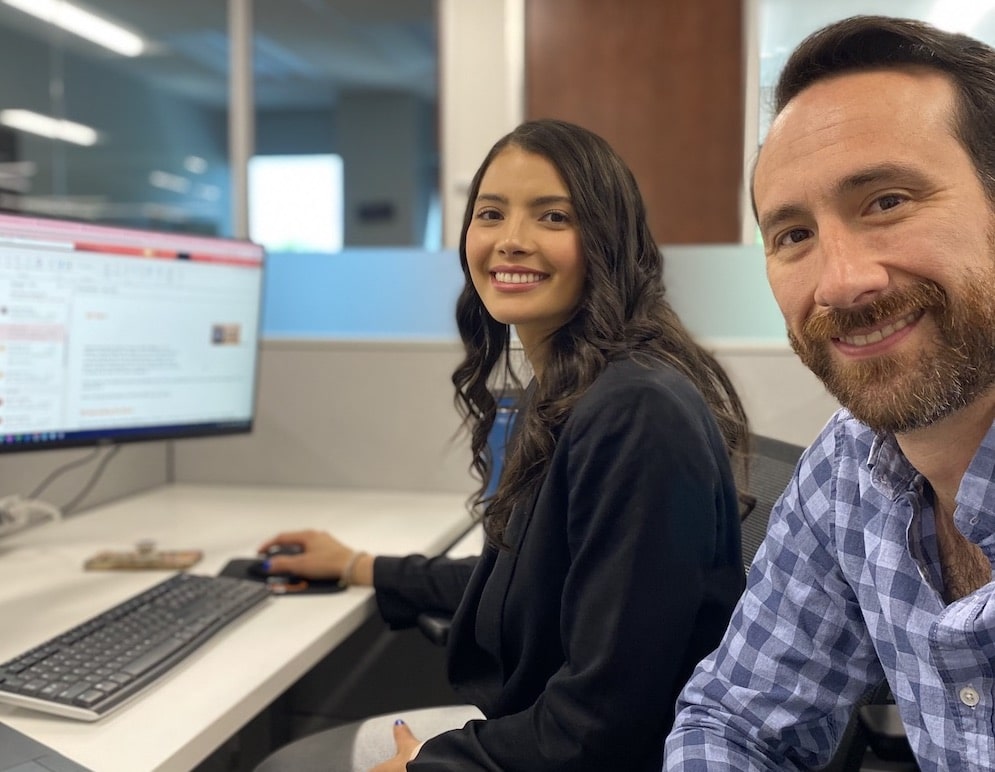Fortune Media and Great Place To Work® Name Brindley Engineering to 2025 Fortune Best Workplaces in Chicago
Great Place To Work® and Fortune magazine have honored Brindley Engineering as one of this year’s Best Workplaces in Chicago. This is Brindley Engineering’s 3rd year being named to this prestigious list, coming in at No. 7. In 2024 Brindley Engineering earned #18...












